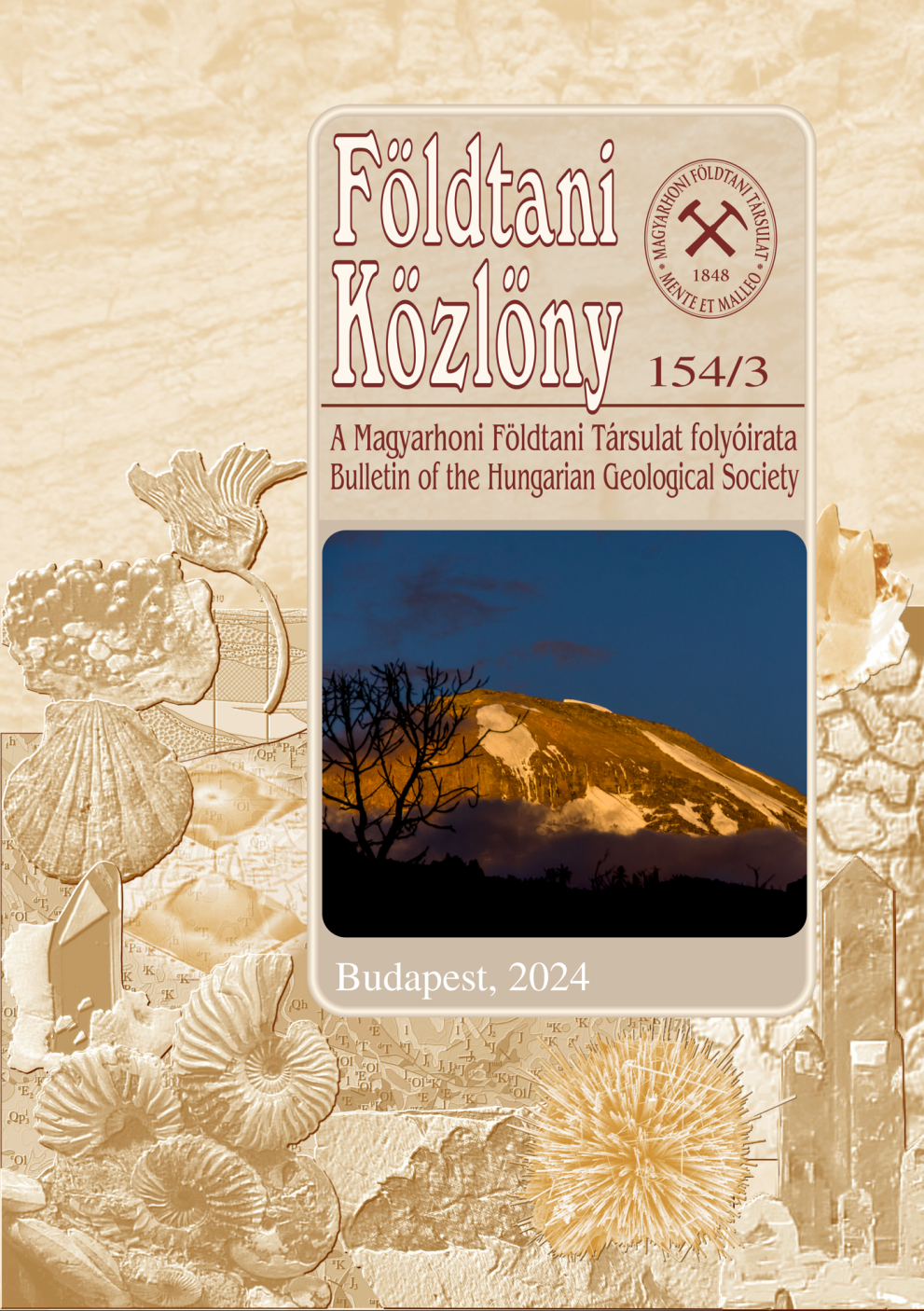The role of wind erosion in the surface development of Transdanubia during the Quarternary
Abstract
The role of deflation in the Pliocene–Quaternary evolution of Transdanubia (western Pannonian Basin) is one of the
long-debated questions of earth sciences in Hungary. The present paper investigates the importance of wind erosion in
shaping the topography of the area using data collected from existing literature, field records and digital elevation models.
With respect to the morphology of the fan-shaped system of N–S to NNW–SSE striking linear (“meridional”) valleys, the
basaltic buttes of the Little Hungarian Plain and of the Tapolca and Kál Basins, the deflation hollows together with the
relatively abundant ventifacts in the Transdanubian Range. In other words, from the Keszthely to the Vértes Hills and in
the foreland of the Mecsek Mountains the morphology indicates the significance of deflation. Analogies from the Sahara
suggest that deflation could have played an important role in the formation of the row of depressions now partly filled
with shallow lakes in the south-eastern, lee-side foreland of the Transdanubian Range. Furthermore, the “meridional”
ridges can be considered to be yardangs, while the valleys between them are wind channels. Naturally, during intervals
with a climate similar to that in the Holocene, fluvial erosion, slope processes and, in the case of lakes, wave abrasion
were also important factors in forming the present-day topography. The minimum exposure ages of wind-polished rock
surfaces and OSL ages of the accumulated aeolian sands were used to date wind erosion. Chronological data indicate that
in Transdanubia deflation must have caused considerable denudation in several phases at least during the last 1.5 million
years and sand movement recurred as late as the early Holocene.











